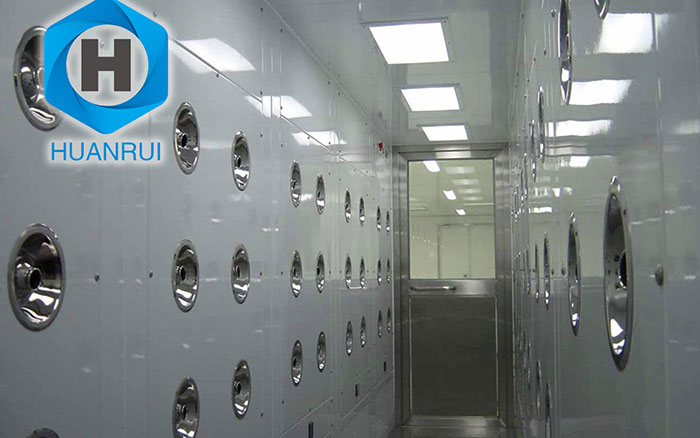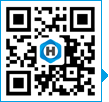UN certified packaging is classified based on the level of danger presented by the goods it's designed to contain. This classification system uses a combination of numbers and letters to indicate the type of packaging and its suitability for different hazard levels. For example:
· X: Suitable for Packing Groups I, II, and III
· Y: Suitable for Packing Groups II and III
· Z: Suitable for Packing Group III only
Packing Group I represents the highest danger level, while Packing Group III represents the lowest.
The Role of UN Specification Marking
UN specification marking is a crucial aspect of certified packaging. These markings provide essential information about the packaging's certification and capabilities. A typical UN marking might look like this:
4G/Y145/S/22
USA/ABC
Each element of this marking conveys specific information:
· 4G: Packaging type (in this case, a fiberboard box)
· Y: Packing group(s) for which the packaging is suitable
· 145: Maximum gross mass in kilograms
· S: The package is approved for solids
· 22: Year of manufacture
· USA: Country of certification
· ABC: Manufacturer's code
These markings are vital for several reasons:
· They allow quick verification of a package's certification status.
· They provide crucial information to handlers and emergency responders about the package's contents and capabilities.
· They ensure traceability in case of incidents or quality issues.
UN Certified Packaging Solutions for Dangerous Goods
Choosing the right UN certified packaging is crucial for businesses dealing with dangerous goods. The consequences of using incorrect or non-certified packaging can be severe, including:
· Fines and penalties for non-compliance
· Shipment delays or rejections
· Increased risk of accidents and associated liabilities
· Damage to reputation and loss of customer trust




